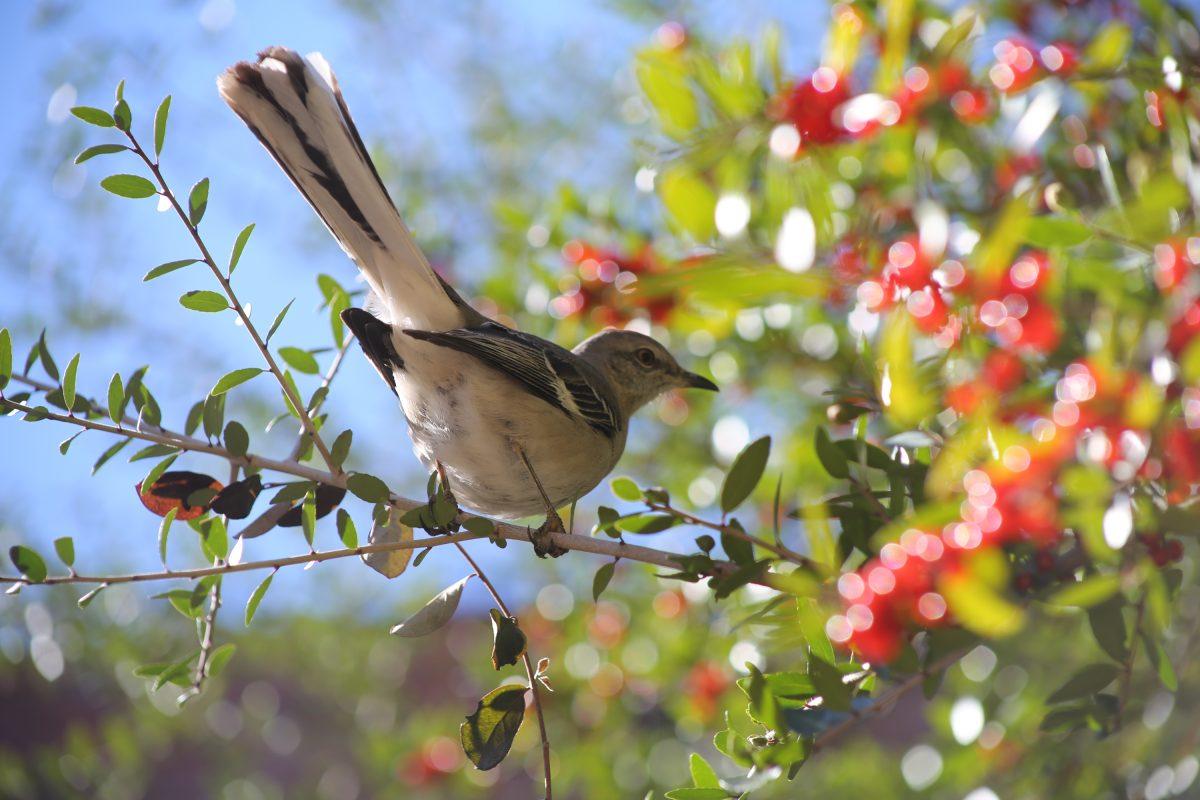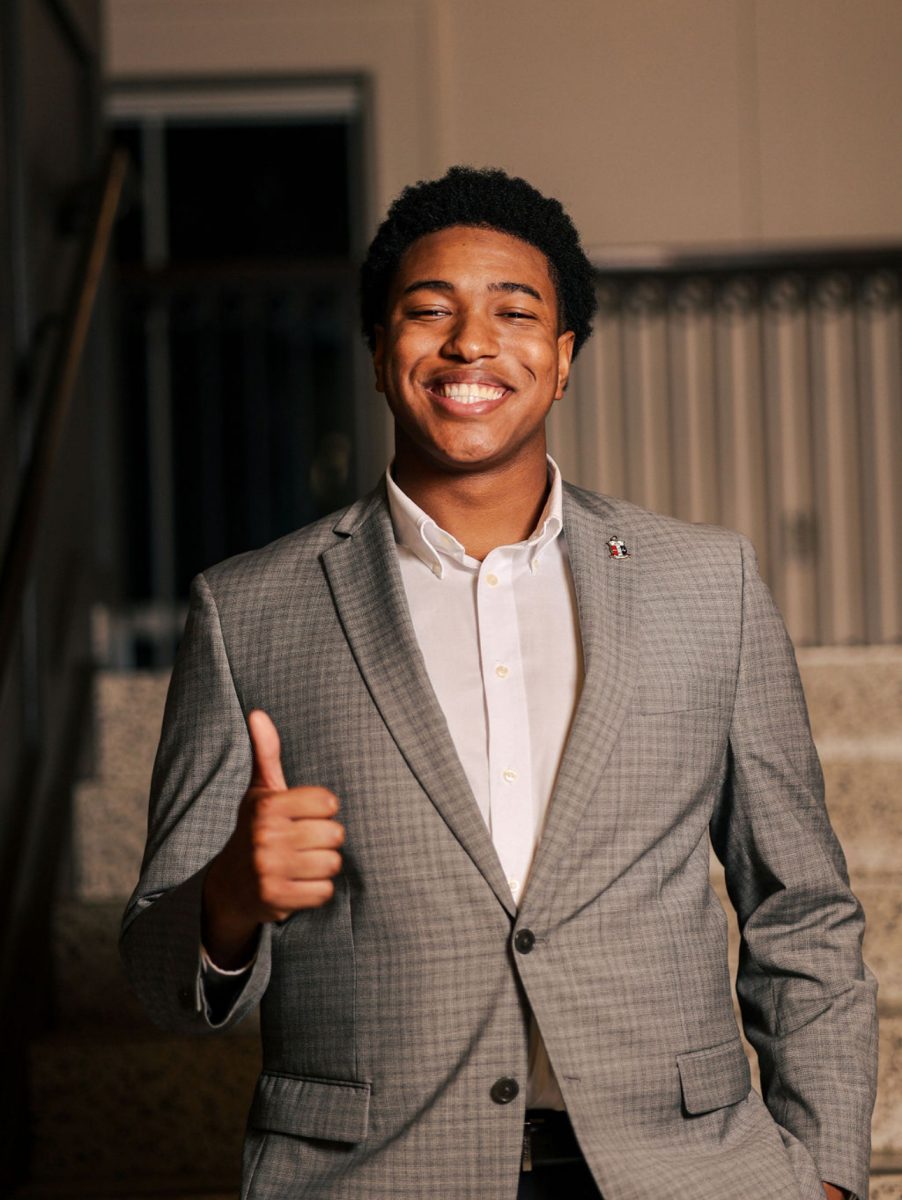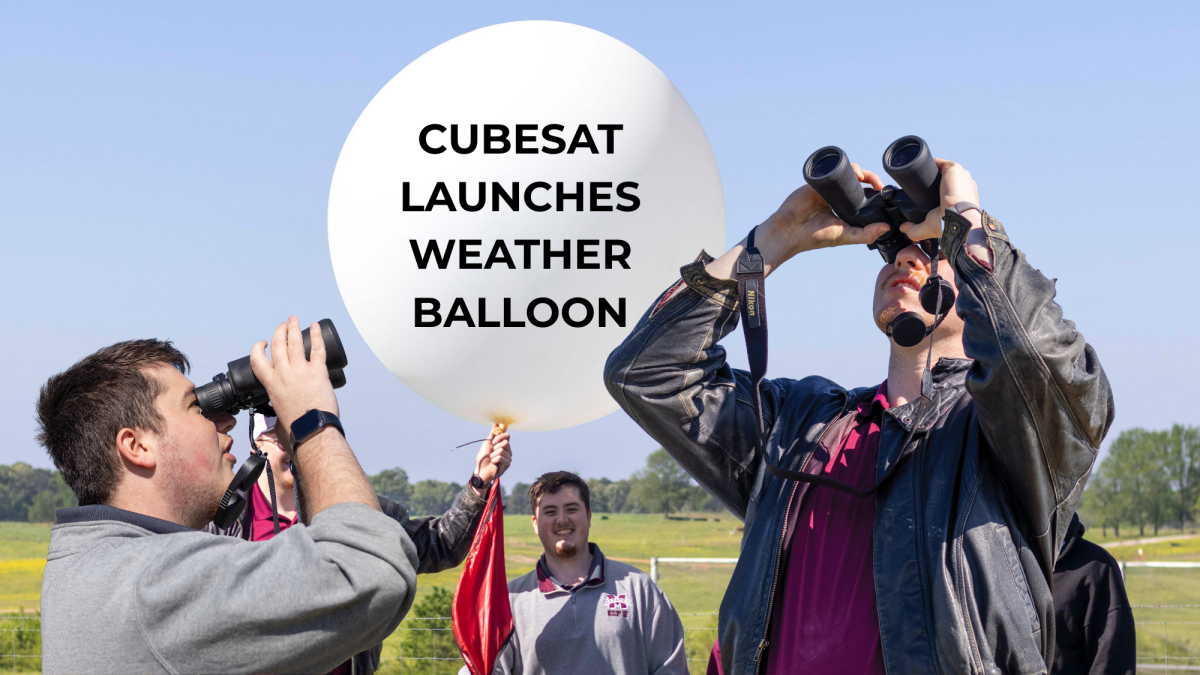A Mississippi State University professor has contributed to a study with ground-breaking research that sets the standard for wildlife biologists in the U.S.
Raymond Iglay is an assistant professor of wildlife, fisheries and aquaculture, specializing in human-wildlife interactions. He recently contributed to a study based on using drones to monitor and detect animals and make airports safer for both humans and wildlife.
“It’s part of a bigger project where we’re trying to use drones to basically count wildlife on airports,” Iglay said. “So we can fly overhead and, using either visual or thermal imagery, pick out all the animals and then if all goes well, identify them down to the species.”
Iglay explained the process of classifying animals using aerial imagery.
“What we’re doing here is kind of the initial steps and how long we can classify animals based off of that imagery,” Iglay said. “And we were testing a few different of these deep learning networks and seeing which ones perform best.”
Iglay referenced the movie “Sully” as an example of why the study is important. In the movie, which describes the Miracle on the Hudson, Captain Chester “Sully” Sullenberger had to make an emergency landing on the river after he flew through a flock of geese and damaged the plane’s engines.
“So, the main charge we have right now is that we’re trying to make airports safer for flying in and in a way also safer for wildlife,” Iglay said. “We find that airplanes and wildlife don’t mix too well.”
Airports usually have a wildlife biologist working on the scene to assess and make arrangements for any animals that could pose a potential problem. Still, with human error and other factors, wildlife can sneak through the precautions and cause dangerous situations to arise. The hope for this study is that in the future, drones can identify animals in a given area.
Other MSU faculty also completed the study with Iglay. Sathishkumar Samiappan and Meilun Zhou from the Geosystems Research Institute did a bulk of the drone and analysis work. Additionally, Jared Elmore and Kristine Evans from the wildlife, fisheries and aquaculture department helped with sampling schemes.
The researchers collected the study’s data on MSU property, mainly around the South Farm Aquaculture Facility. In total, the drones took 1,288 pictures of horses, cattle, Canada geese and White-tailed deer. The scientists chose the latter two species because they commonly have problems around airports, and the professors decided to photograph all of the animals because they are easy to access.
This study was just the first step toward using drones around airports.
“This is a baby step,” Iglay said. “So, this is kind of the first look into using aerial imagery and comparison deep learning networks. But the impact we’re trying to have is not to the inner port, but to have tools that anybody using drones can end up using and modifying and improving upon.”
Having a professor who has real-life experience not only gives credibility to the lecture, it inspires and gives them something to work toward, Iglay’s students said.
Junior Megan Fowler and senior Katelyn Blayock are wildlife, fisheries and aquaculture majors, concentrating on human-wildlife interactions. Both have taken Iglay’s Wildlife Techniques class.
“I think it exposes you to different management and practices,” Fowler said. “Instead of just one certain way that you have to do it … this shows you that’s possible, and it gives the professor credibility. That way, they’re not just sitting up there talking about it; they’re actually doing it.”
Blaylock said she thinks using drones in the study is unique compared to typical wildlife research.
“I would’ve never thought of using drones,” Blaylock said. “It’s a fascinating concept. So I’m old school; I like the paper and going out in person, but I think that could be really beneficial because you can have less human interactions that you might be able to get more data and more accurate data than just going out there.”
Iglay said he recognizes the impact his research has on the lessons.
“It’s kind of cool when what you’re teaching about is also what you’ve done research on. I mean, you can pull that in and just address a knowledge gap,” Iglay said. “So in my other course I teach, Wildlife Damage Management, a lot of what I do is directly related to some past work I’ve had. So there it’s like, ‘Well, hey, we did this, and it’s what we found, and then it’s similar to all these other readings you’re seeing over there.’ So that’s the fun part with bringing it to the classroom.”












